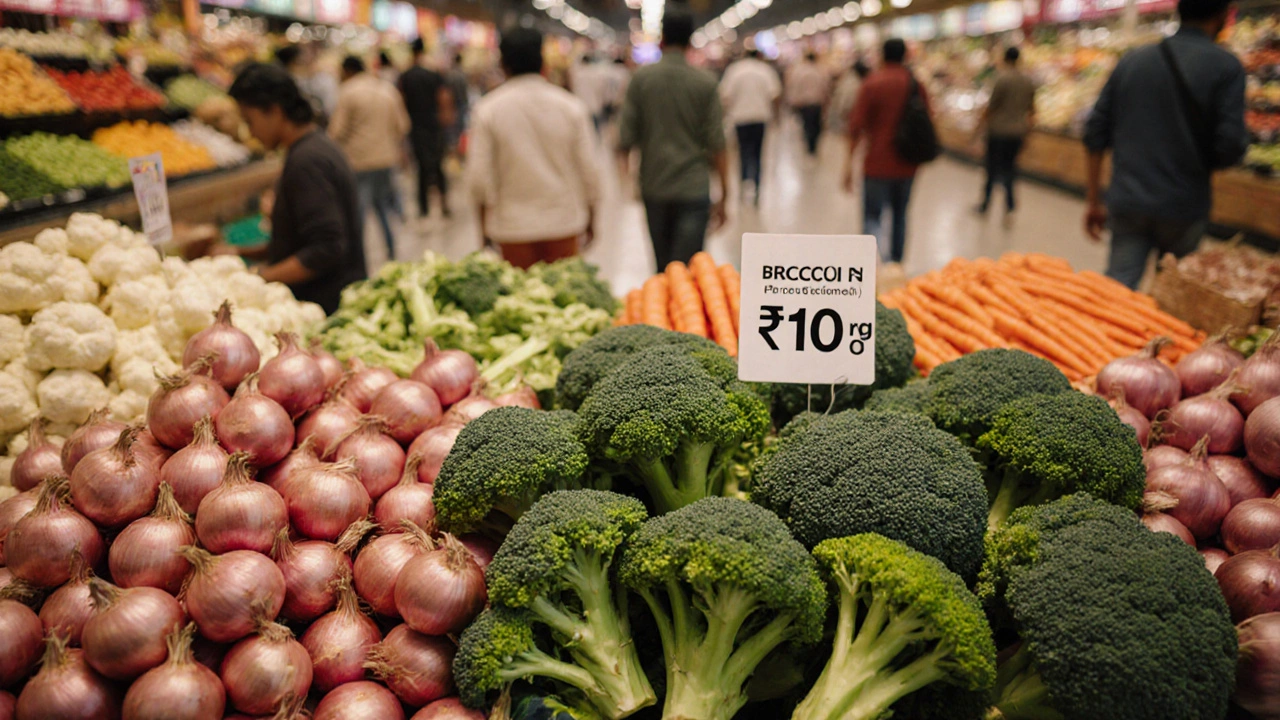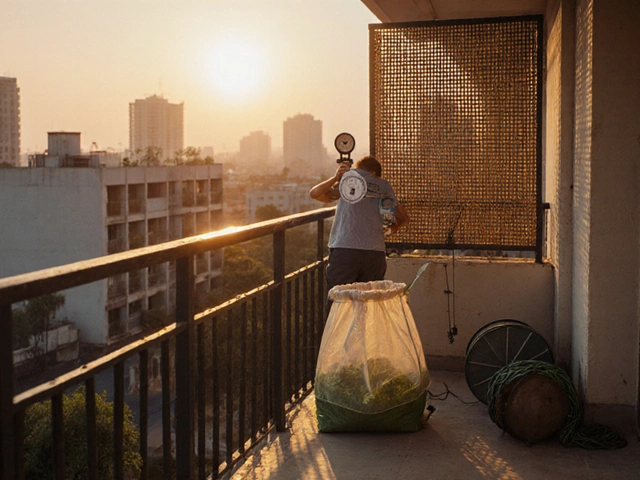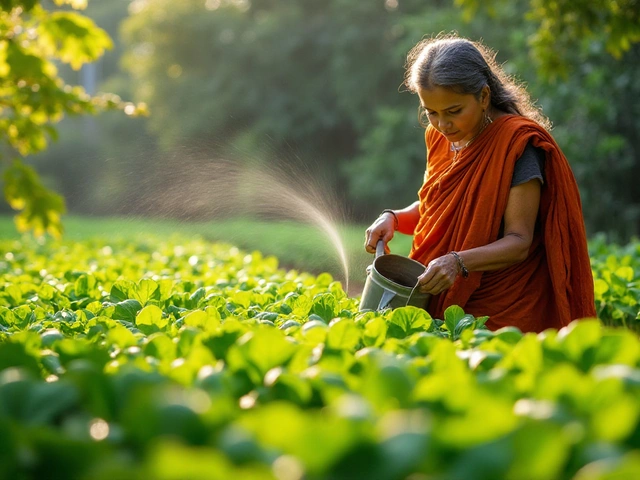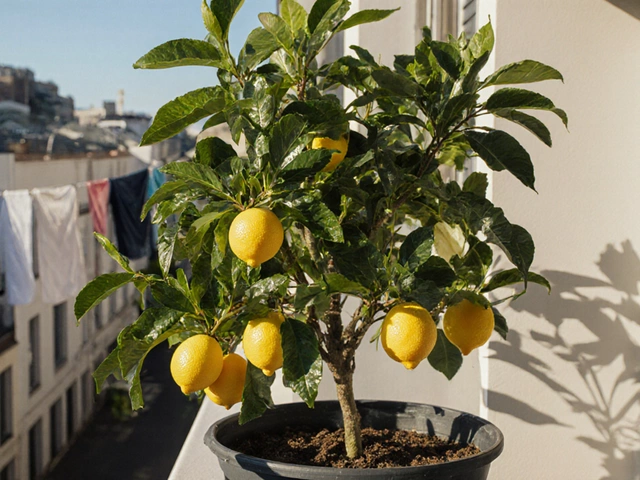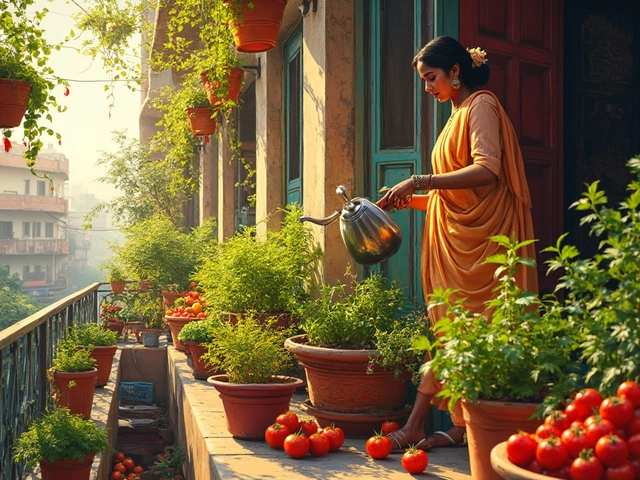Broccoli Cost Estimator
How to Reduce Your Broccoli Cost
Enter your scenario to see how different factors impact the final price of broccoli in India. Based on article data (October 2025).
Price Breakdown
Potential Savings
Your current cost is ₹150-180/kg. By optimizing factors, you could reduce price by 0%
When you see a price tag of Broccoli is a cool‑season cruciferous vegetable known for its edible flower buds that’s double what you pay for a kilogram of onions, it’s natural to wonder why it’s so pricey in India. The answer isn’t a single factor - it’s a mix of climate quirks, supply‑chain gaps, policy hurdles, and market dynamics. Below we break down each piece, show how they interact, and give practical tips for gardeners and consumers who want to bring the cost down.
Current market snapshot
As of October 2025, the average retail price of broccoli in major metros such as Delhi, Mumbai, and Bangalore hovers around ₹150‑₹180 per kilogram, while in Tier‑2 towns it can climb above ₹200. By contrast, cauliflower, cabbage, and carrots stay under ₹50 per kilogram. This price gap widens during the winter months (November‑February), when demand spikes for salads, soups, and healthy snacks.
Data from the Ministry of Agriculture & Farmers’ Welfare shows that broccoli production in India accounts for less than 0.2 % of total vegetable output, yet imports from the Netherlands and the United States have risen by 12 % annually over the past three years to fill the shortfall.
Production challenges in Indian climate
Broccoli thrives in temperatures between 10 °C and 20 °C, with a short day‑length requirement for head formation. Most Indian regions experience hot summers (30‑45 °C) that scorch the plants and cause premature bolting. Farmers therefore have to:
- Start seedlings in shaded nurseries during the monsoon (June‑September) and transplant them when nighttime temperatures drop.
- Invest in drip‑irrigation or misting systems to keep soil temperature stable.
- Choose heat‑tolerant hybrids, which are often sold at a premium seed cost (₹1,200‑₹1,500 per kilogram of seed).
Soil fertility is another hurdle. Broccoli demands well‑drained loamy soil with a pH of 6.0‑6.5 and high organic matter. In many Indian farms, the soil is either too alkaline (due to lime) or deficient in micronutrients like boron and zinc, prompting expensive fertilizer blends.
Supply‑chain bottlenecks
Even after a successful harvest, getting fresh broccoli to market involves several fragile steps:
- Harvest timing: Heads must be cut at the right size (typically 15‑20 cm). Delays lead to yellowing and loss of marketable weight.
- Cooling: Without an efficient cold‑storage network, the vegetable loses freshness within 24 hours. Most cold‑storage facilities in India are concentrated in Punjab and Haryana, leaving southern states reliant on long‑haul trucks.
- Transportation: Rough roads and limited refrigerated trucks add both time and cost. A refrigerated truck can add ₹30‑₹40 per kilogram to the end‑price.
- Middlemen: Small‑holder farmers often sell to local aggregators who take a 15‑20 % margin before the produce reaches wholesale markets.
These layers pile up, turning a low‑cost commodity into a premium item on the supermarket shelf.
Policy, trade, and import duties
The Indian government classifies broccoli under the "fresh vegetables" category, subject to a basic customs duty of 10 % on imports, plus a safeguard duty that can rise to 15 % during low‑supply periods. Moreover, the central government’s Minimum Support Price (MSP) system does not cover broccoli, leaving farmers without a price floor.
State‑level schemes such as the "Horticulture Promotion Programme" provide subsidies for drip‑irrigation, but the uptake is limited due to lack of awareness and paperwork. Consequently, most growers bear the full cost of inputs, which feeds directly into retail pricing.
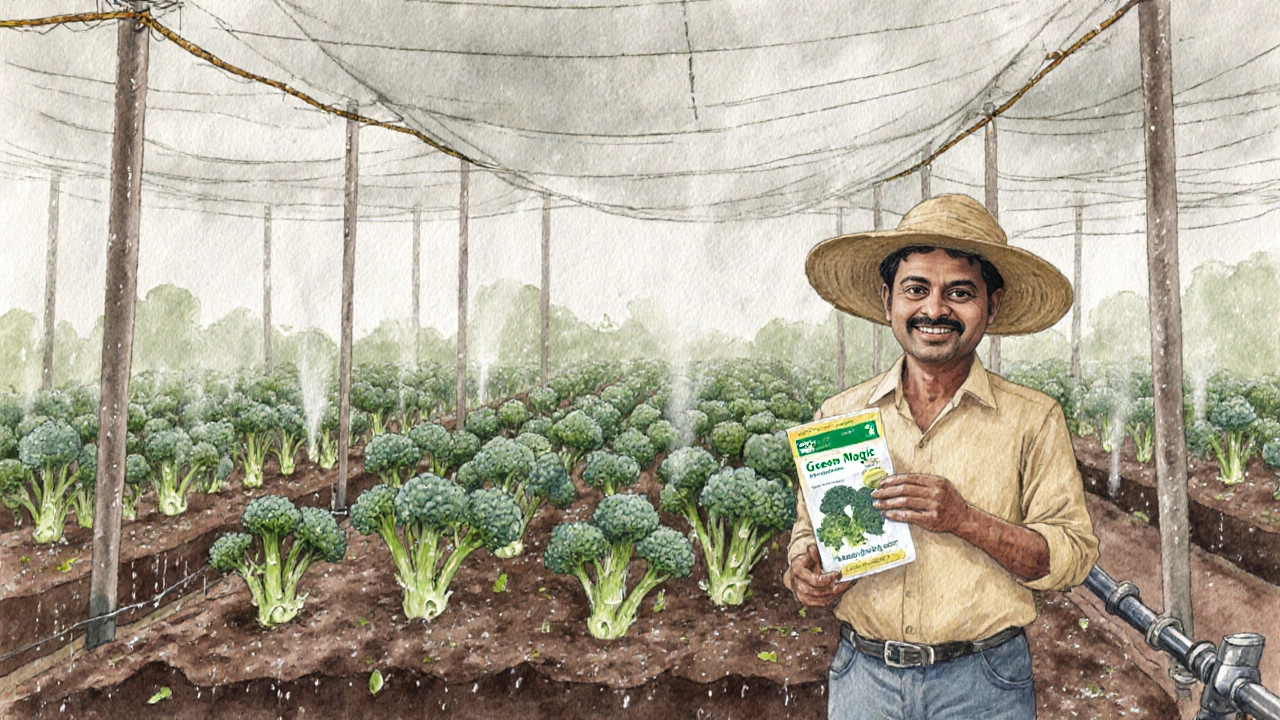
Seasonal demand spikes
Winter festivals (Diwali, Christmas) and the rising health‑conscious urban demographic drive demand for green, nutrient‑dense vegetables. Retailers stock up early, buying from distant farms or imports, and pass the higher procurement cost onto consumers.
Urban consumers also prefer organic broccoli, which commands a 40‑% premium over conventionally grown stock. Yet organic certification in India remains fragmented, making genuine organic produce scarce and pricey.
How to bring the price down: practical solutions
Addressing the high cost requires action at multiple levels - from policy reforms to farmer‑level innovations. Here are the most impactful levers:
- Develop regional seed banks: By producing locally adapted hybrids, seed costs can drop from ₹1,500 to ₹800 per kilogram.
- Expand drip‑irrigation subsidies: The National Horticulture Mission currently allocates ₹2,000 crores annually; directing a larger share to broccoli‑growing belts could cut water‑usage costs by up to 30 %.
- Invest in cold‑chain hubs: Setting up modular cold‑storage units (10‑20 tons) near major production zones can reduce post‑harvest losses from 25 % to under 5 %.
- Form farmer cooperatives: Pooling produce allows direct contracts with retailers, cutting the middle‑man margin by half.
- Policy tweak - remove MSP exemption: Including broccoli in the MSP schedule would guarantee a minimum farmgate price, encouraging more acreage.
- Promote container and rooftop gardening: Urban dwellers can grow their own broccoli using compact soil mixes and shade nets, bypassing market price entirely.
Quick checklist for home growers
- Choose a heat‑tolerant hybrid (e.g., ‘Green Magic’). Seed cost: ₹800 per 100 g.
- Start seedlings in trays under a 70‑% shade net during monsoon.
- Maintain soil temperature between 15‑18 °C; use a portable evaporative cooler if needed.
- Apply a balanced NPK 20‑20‑20 fertilizer with micronutrient mix (boron 0.5 kg/ha).
- Water daily with drip‑irrigation at 2‑3 L per plant; mulch to retain moisture.
- Harvest heads when they’re compact and dark green; cool immediately at 4 °C for 12 hours before consumption.
Following this checklist can slash your personal broccoli cost to under ₹30 per kilogram - a fraction of the market price.
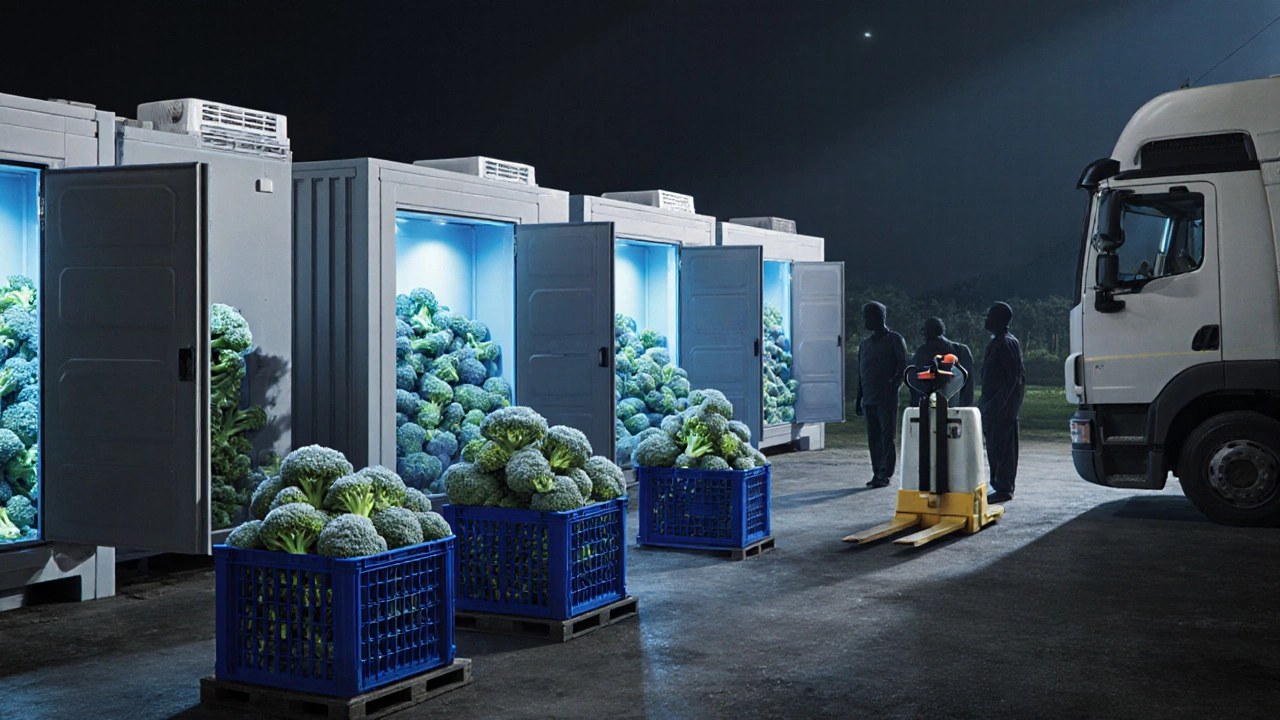
Comparison of broccoli with other cruciferous vegetables in India
| Vegetable | Average price (2025) | Key production challenge | Typical season |
|---|---|---|---|
| Broccoli | 150‑180 | Cool‑season climate, high seed cost | Oct‑Feb |
| Cauliflower | 70‑90 | Susceptible to leaf‑spot disease | Oct‑Feb |
| Cabbage | 40‑55 | Requires long growing period | Nov‑Mar |
| Spinach | 30‑45 | Heat‑sensitive, quick to bolt | Oct‑Feb |
Mini‑FAQ
Why does broccoli cost more than cauliflower?
Broccoli needs cooler temperatures and more expensive hybrid seeds, while cauliflower tolerates a wider temperature range and uses cheaper local varieties. The extra cooling and seed expenses push the retail price higher.
Can I grow broccoli in a tropical Indian garden?
Yes, but you’ll need shade nets, mist cooling, and a short‑day hybrid. Planting during the monsoon and using drip irrigation are crucial to keep the soil cool.
Do import duties really affect the price I pay?
Import duty (10‑15 %) adds directly to the cost of foreign broccoli, and when domestic supply is low, retailers rely more on imports, inflating the shelf price.
What are the best ways to reduce post‑harvest loss?
Rapid cooling within 2 hours, using ventilated crates, and transporting in refrigerated trucks cut loss from 25 % to under 5 %.
Is organic broccoli worth the premium?
If you prioritize pesticide‑free produce, the 40 % premium can be justified, but genuine organic broccoli is scarce in India, so price varies widely.
Next steps for consumers and growers
Buy in bulk during the peak winter season when farms have the highest yield; this often reduces the per‑kilogram cost by up to 15 %. Join a local farmer‑producer group on platforms like Kisan Network to access farm‑gate prices directly. If you have a balcony or rooftop, experiment with container gardening using the checklist above - you’ll be surprised how small the investment is compared to the supermarket price.
Finally, keep an eye on policy announcements from the Ministry of Agriculture. New subsidies for cold‑chain infrastructure or inclusion of broccoli in the MSP schedule could show up in the next budget, instantly reshaping market dynamics.
